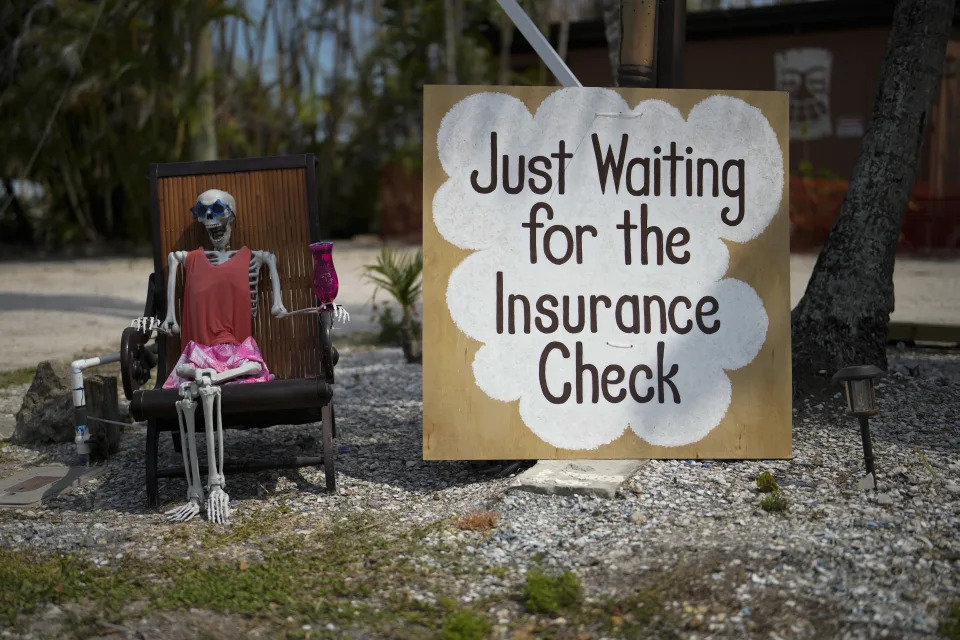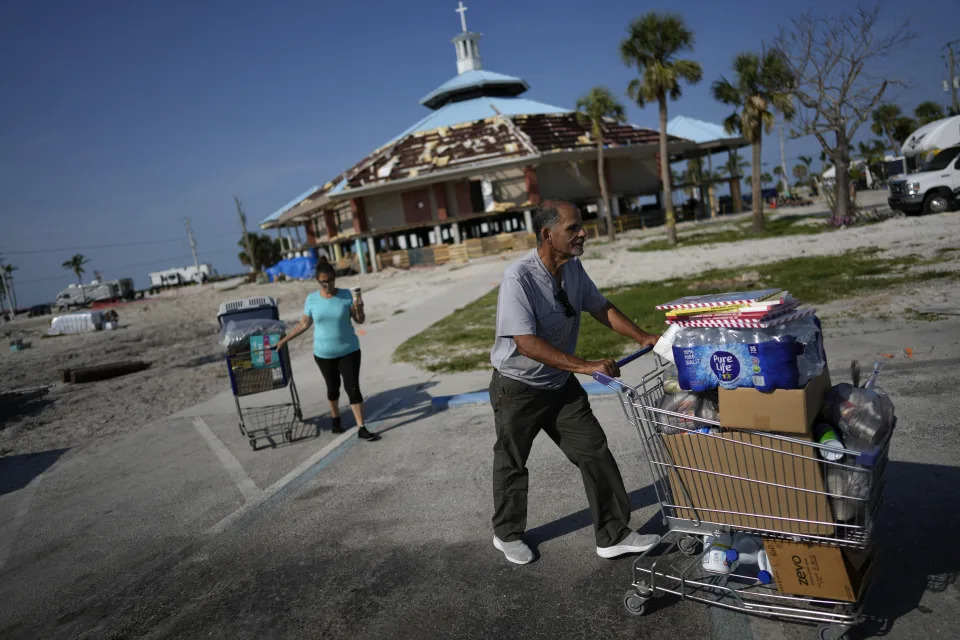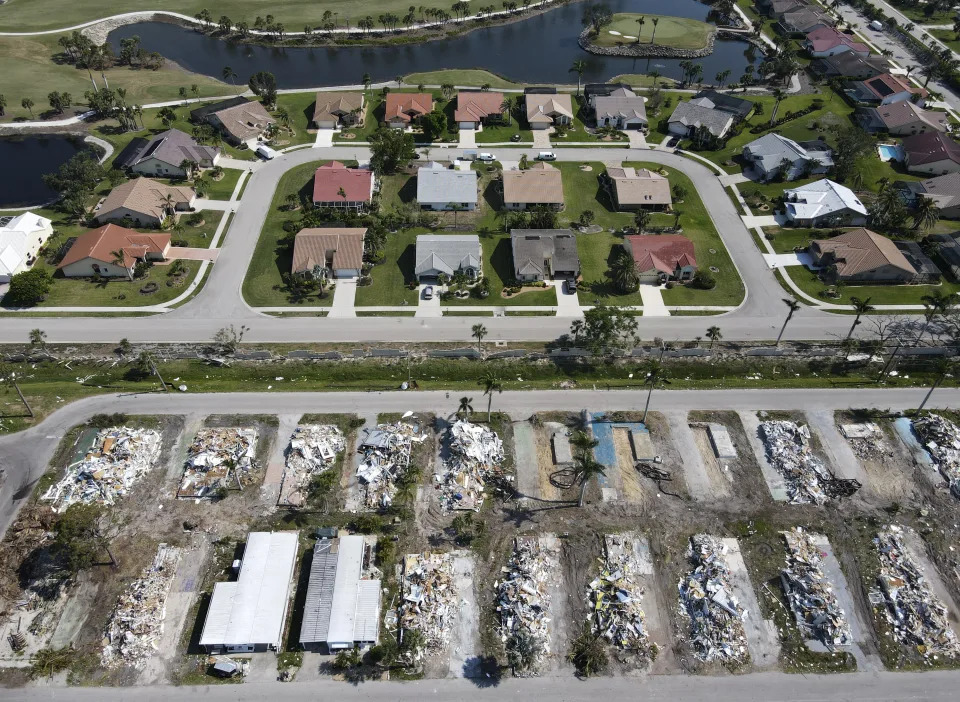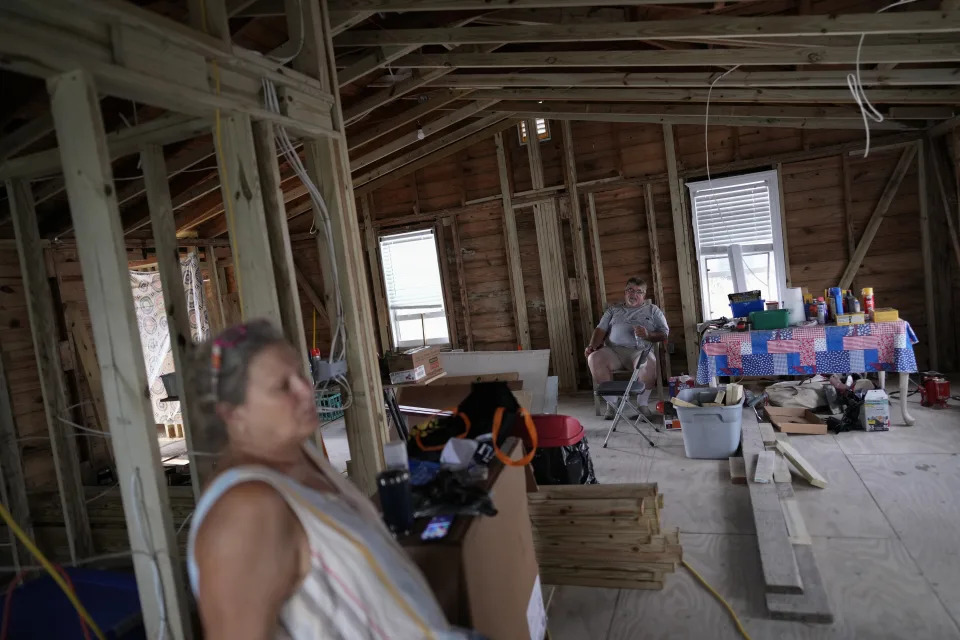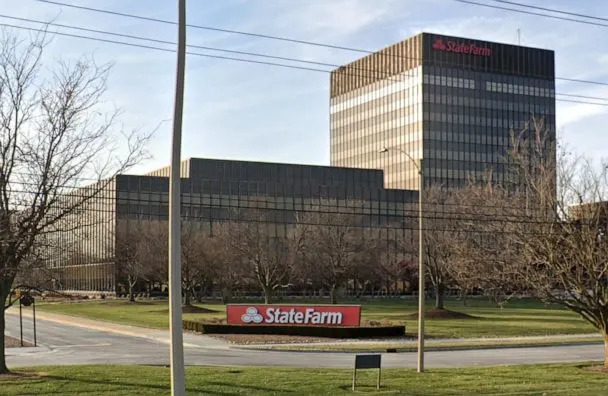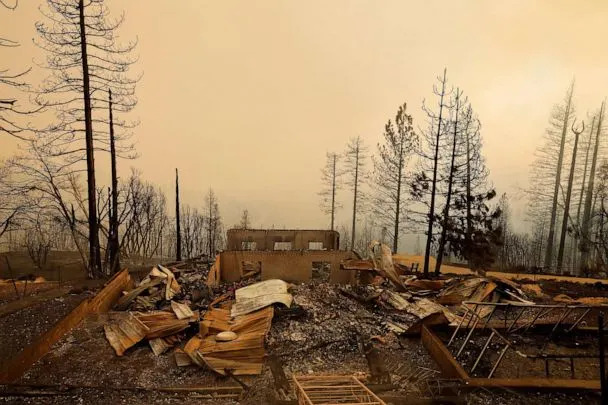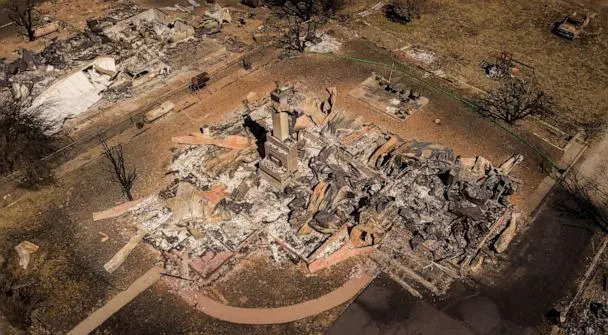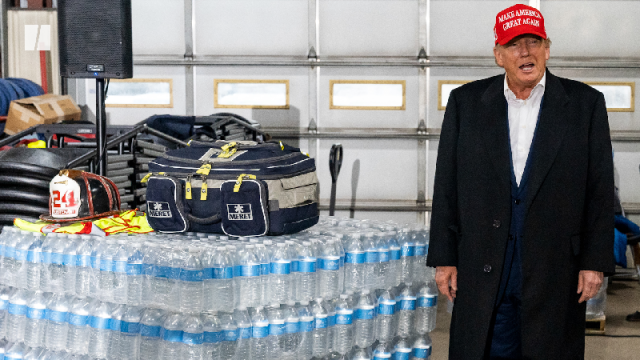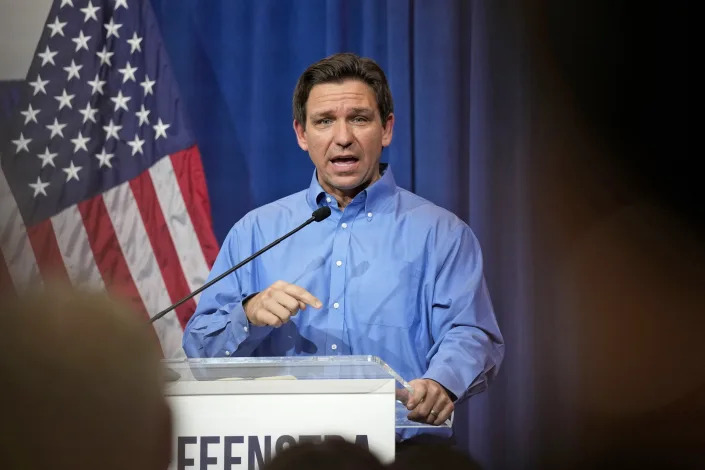USA Today
Tanker fire causes part of Interstate 95 in Philadelphia to collapse; complete rebuild expected to take ‘months’: Updates
Francisco Guzman, Grace Hauck and Thao Nguyen, USA TODAY –
June 11, 2023
A tanker truck fire shut down I-95 in both directions after an elevated portion of the heavily traveled interstate collapsed in Philadelphia on Sunday morning, state officials said, raising concerns about possible travel headaches throughout the Northeast.
The Pennsylvania Department of Transportation said the fire closed all lanes between Exit 25 and Exit 32, which includes Allegheny Avenue, Castor Avenue, Academy Road, and Linden Avenue.
Philadelphia Fire Department Captain Derek Bowmer said emergency crews responded shortly before 6:30 a.m. local time after receiving a report of a vehicle being on fire on the interstate. Authorities later identified the vehicle as a gasoline tanker truck that may have been carrying hundreds of gallons of gasoline.
The fire took about an hour to get under control. City and state officials are “responding to address impacts to residents in the area and travelers affected by the road closure,” the state fire department said in a statement to USA TODAY.
In a Sunday night update, Pennsylvania Gov. Josh Shapiro said at least one vehicle was still trapped under the collapsed roadway but there were no immediate reports of injuries. “We’re still working to identify any individual or individuals who may have been caught in the fire and the collapse,” he said.
Interstate 95 is the main north-south highway on the East Coast and stretches from Florida through Maine to Canada.
“Travelers should expect delays and plan alternative travel routes, especially while planning for their weekday commute,” the City of Philadelphia Office of Emergency Management said.
Transportation Sec. Pete Buttigieg said he was monitoring the fire and collapse and was in touch with the governor and Federal Highway Administration to offer “help with recovery and reconstruction.” And the National Transportation Safety Board said it was working with the Pennsylvania State Police to conduct a safety investigation.
President Joe Biden was also briefed on the collapse and officials offered assistance to local and state authorities, according to White House press secretary Karine Jean-Pierre.
How did the section of I-95 in Philadelphia collapse?
Transportation Department spokesperson Brad Rudolph said some kind of crash occurred on a ramp under northbound I-95 causing the northbound section above the fire to quickly collapse.
Bowmer said runoff from the fire or compromised gas lines caused explosions underground. Because of heat from the fire, Bowmer said the northbound lanes were gone and the southbound lanes were “compromised.”
“Today’s going to be a long day. And obviously, with 95 northbound gone and southbound questionable, it’s going to be even longer than that,” said Dominick Mireles, director of the Philadelphia OEM.
According to Rudolph, the collapsed section of I-95 was part of a $212 million reconstruction project that was completed four years ago. The highway segment is closed indefinitely but Rudolph said officials would consider “a fill-in situation or a temporary structure.”
Witness describes a ‘pretty remarkable’ collapse
Mark Fusetti was driving south toward the city’s airport when he saw black smoke rising above the highway. The retired Philadelphia police sergeant said the road beneath the fire began to “dip,” creating a depression. Traffic soon came to a halt before the northbound lanes of the highway gave way.
“It was crazy timing,” Fusetti said. “For it to buckle and collapse that quickly, it’s pretty remarkable.”
Detour routes recommended
For people traveling on I-95 southbound, officials recommended using Route 63 West (Woodhaven Road), U.S. 1 South, 76 East to 676 East. For people traveling I-95 northbound, officials recommended I-676 West, I-76 West, U.S. 1 North to Route 63 East (Woodhaven Road).
Philadelphia residents should use regional public transits services, such as rapid transit, commuter rail or light rail, the city’s Office of Emergency Management said.
Fire contents did not appear to spread into environment
Concerns about the environmental effects of runoff into the nearby Delaware River were raised after a sheen was seen in the river near the collapse site. The Coast Guard contained the material by deploying a boom.
While the tanker truck had a capacity of 8,500 gallons, Ensign Joshua Ledoux said contents from the fire did not appear to be spreading into the environment and “it seems like things are under control.”
The Philadelphia Water Department said the incident had no impact on drinking water quality but will continue to monitor and work with other agencies in their emergency response.
Mireles said heavy construction equipment would be needed to remove the thousands of tons of debris at the site of the fire.
AERIAL VIEW OF DAMAGE: Gov. Shapiro speaks about Route 95 collapse in northeast Philadelphia
Delays in local waste collection expected
Residents in some areas should expect delays in trash and recycling collections, the Philadelphia Office of Emergency Management said.
“The Streets Department is assessing which areas will be impacted as sanitation trucks will have to be diverted to alternative travel routes,” the office said.
Heat from fire can quickly weaken bridge structures, expert says
Tanker truck fires carry a large amount of hydrocarbon fuel and can generate a “fast, intense release of heat,” said Dr. Thomas Gernay, an assistant professor of civil engineering at Johns Hopkins University who studies ways to protect structures from fires.
“These fires can exceed temperatures of 1500 F in just a few minutes,” Gernay said in an email to USA TODAY.
Heat from a fire underneath a bridge, which is generally not designed for fire exposure, can quickly weaken structural members, according to Gernay. The materials, such as steel and concrete, of structural members lose load-carry capacity as temperatures increase.
Gernay also said structural members will expand when heated and contract when cooled down, further damaging the structure.
“The parts of the structure that did not collapse can be permanently damaged by the material degradation and the movements induced by the heat exposure,” Gernay said in an email.
Incident resembles other bridge fire failures
While bridge fire failures are rare, according to Gernay, past incidents have been similar and involved a portion of a busy highway collapsing.
In 2007, the MacArthur Maze connecting ramp in Oakland, California, collapsed after a tank truck carrying 8,600 gallons of unleaded gasoline overturned. And more recently in 2017, an elevated portion of Interstate 85 collapsed in a fire and shut down the heavily traveled route.
Gernay said in both cases, contractors had to work ahead of schedule due to the “economic impact of traffic interruption.” The timeline of reconstruction of the two cases occurred over several weeks.
Shapiro said Sunday night he planned to issue a disaster declaration Monday to speed up federal funds. He said he had spoken with Buttigieg and was assured that there would be “absolutely no delay” in getting federal funds to safely reconstruct what he called a “critical roadway.”
But Shapiro also said the complete rebuild of I-95 would take “some number of months.”
Contributing: Associated Press

